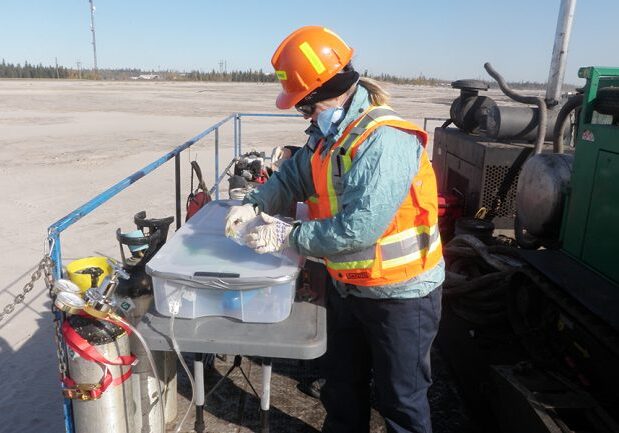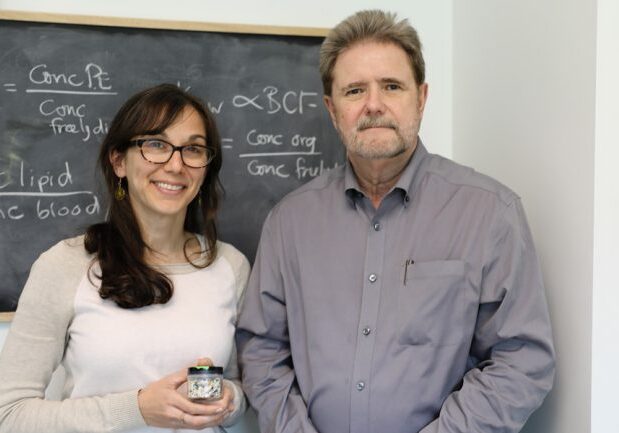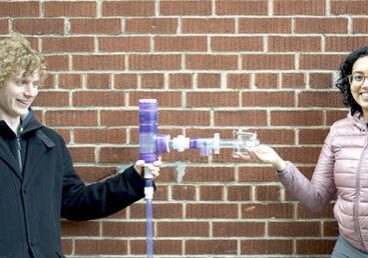
Social enterprise aims to bring smarter irrigation to areas without electricity
Recent U of T Engineering graduates spin off Corridor Water Technologies to help farmers around the world make the most of limited water resources
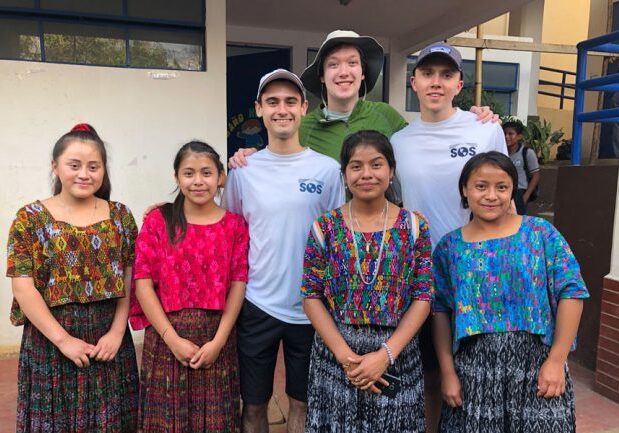
Clean water for Las Arrugas: U of T Engineering team designs water filters for Guatemalan community
Project supported by CGEN aims to overcome challenges associated with intermittent and contaminated water supply
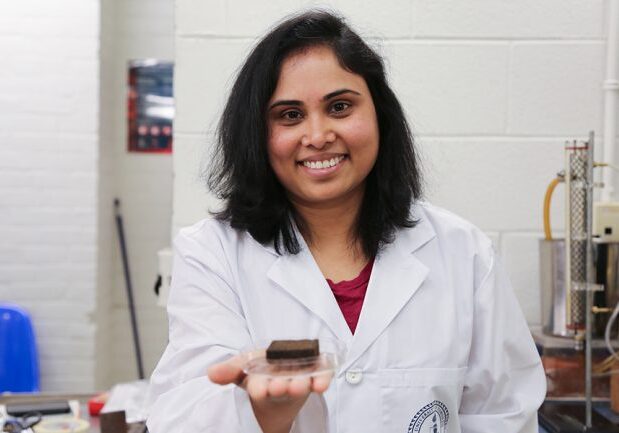
Oil-adsorbing sponge could prevent environmental contamination
U of T researchers have developed a chemically modified sponge that can remove oil microdroplets from wastewater with more than 90% efficiency in just 10 minutes

Contamination-eating microbes are ready for action
A new public-private collaboration enables field trials of bacterial cultures that can degrade hazardous waste

Why some cities turn off the water pipes at night
A new paper outlines a simple, yet powerful model to understand why some water suppliers choose to turn off their supply at certain times — and how we can set smart goals for improvement
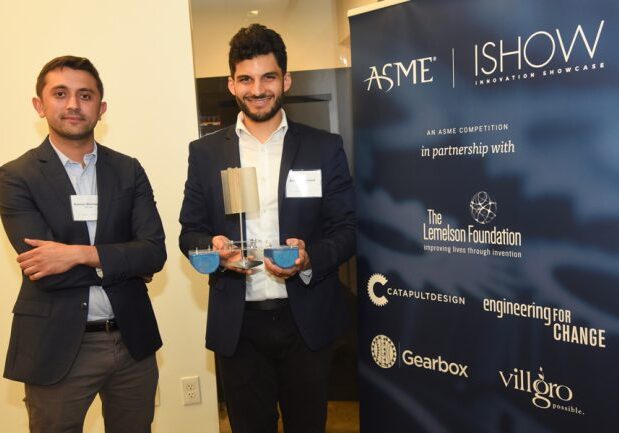
Fish farming technology from CGEN wins global invention competition
Team WETech receives $10,000 to further develop a passive aerator that delivers oxygen to fish ponds

